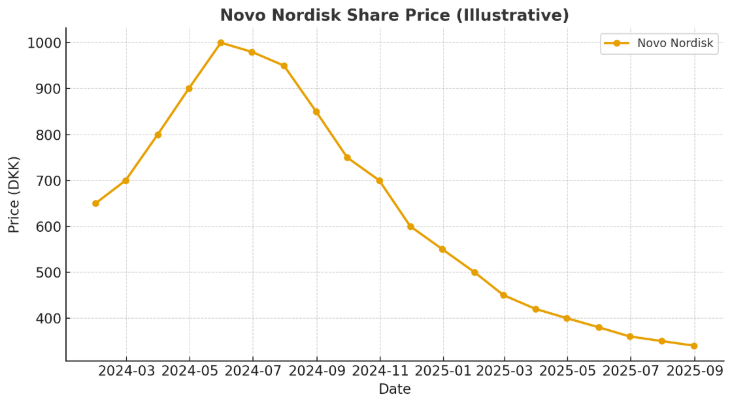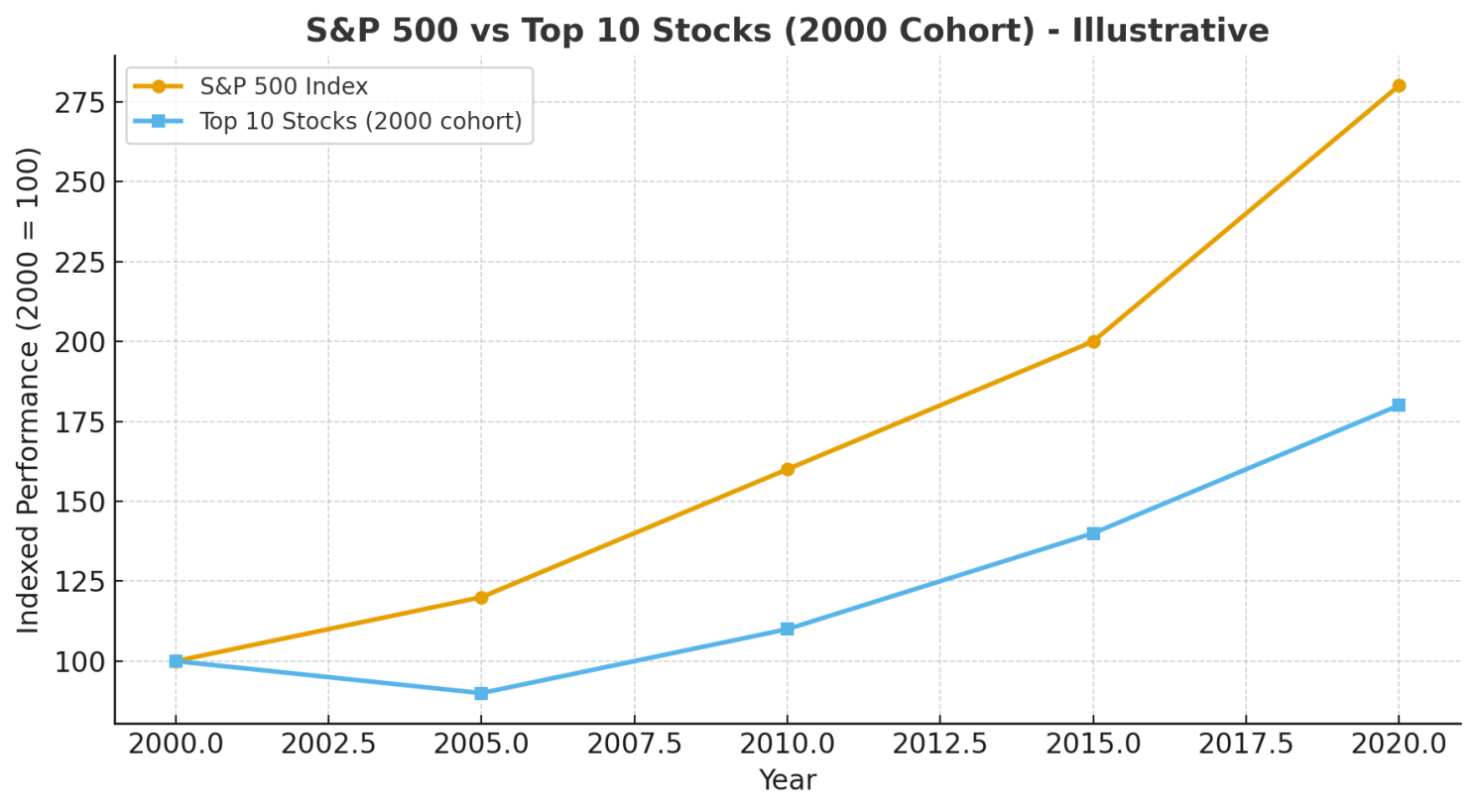Why are advisers talking about racehorses?
Specialised investments tend to arrive in adviser conversations when clients bring them up first. Racehorses are one of those topics. A client may have inherited a stake in a horse, been offered a syndicate share, or simply be tempted by the glamour of racing.
But beneath the champagne and Royal Ascot headlines sits a business model that is high-risk, highly variable, and at times emotionally driven. For advisers and paraplanners, the question is simple: how do you help a client weigh up whether horse ownership or related investments have a genuine place in their financial plan?
The Economics of Horse Racing
The UK racing sector is not small. It contributes billions annually to the economy and directly employs tens of thousands of people . Yet, profitability is far from guaranteed:
- High fixed costs: training fees, stabling, vet bills, transport.
- Uncertain returns: even top-bred horses may never win a major race.
- Concentration risk: performance is tied to a single animal, with limited diversification.
According to Everything Horse UK, the gulf between prize money and costs means only a tiny proportion of owners see a consistent profit .
For clients, it’s important to stress: racehorse ownership is rarely an “investment” in the traditional sense. It is closer to a lifestyle choice with a speculative upside.
Routes into the Market
If a client is interested, what are their options?
- Full ownership: prestige and control, but also the full burden of costs and risks.
- Syndicates or partnerships: a more affordable entry point, spreading costs and offering a sense of community.
- Racing clubs: usually lower cost, but these tend to offer experience rather than investment returns.
- Equine-related businesses: training, breeding, bloodstock-each with their own risk profile.
Risk Profile: What Advisers Should Flag
When assessing suitability, a few themes stand out:
- Liquidity – stakes in horses or syndicates can be difficult to exit.
- Transparency – syndicates vary in how clearly they disclose costs and expected returns.
- Volatility – performance is unpredictable; injury or underperformance can wipe out expected returns overnight.
- Taxation – while winnings are typically tax-free for individuals, related business ventures (like breeding) may be treated differently.
- Welfare considerations – reputational risk matters; clients increasingly care how animals are treated, and UK racing’s welfare standards are under scrutiny.
Where it Fits in a Portfolio
For most clients, the honest answer is: it probably doesn’t.
From a regulated advice perspective, racehorse ownership does not offer the diversification, defensibility, or liquidity that most portfolios require. At best, it sits in the “speculative” or “passion asset” category akin to art, wine, or classic cars.
That doesn’t mean advisers should dismiss it out of hand. Instead, positioning it as:
- A lifestyle purchase: something clients do for enjoyment, status, or community.
- Not core wealth: it should never replace mainstream diversified investments.
- An emotional decision: acknowledge that non-financial returns (excitement, involvement, prestige) may outweigh financial logic.
Practical Pointers for Advisers
If a client raises this area, here are three practical steps:
- Frame expectations early – make clear that this is high-risk and unlikely to deliver reliable returns.
- Document suitability carefully – especially under Consumer Duty. Make sure client objectives (fun, experience, prestige) are stated explicitly.
- Signpost reputable sources – direct clients to industry overviews like British Horseracing Authority’s welfare standards and investment explainers like Niche Racing.
Bigger Picture: What This Teaches Us
Even if your client never invests in a horse, the topic is a useful reminder:
- Clients are influenced by lifestyle trends, not just markets.
- Suitability isn’t just about returns; it’s about aligning advice with personal goals, however unconventional.
- Specialist investments can spark valuable conversations about risk appetite, liquidity, and diversification.
Sometimes, leaning into the “fun” examples-like racehorses-can make more serious portfolio principles easier to explain.
Final Thoughts
Racehorse ownership will never be mainstream. For most, it’s an indulgence, not an investment. But it is part of the wider landscape of “passion assets,” and advisers who can engage with it knowledgeably strengthen their position as trusted guides.
If a client asks you about it, the best response is rarely a blunt “no.” Instead, it’s a balanced conversation: respect the excitement, explain the risks, and keep the financial plan grounded.


